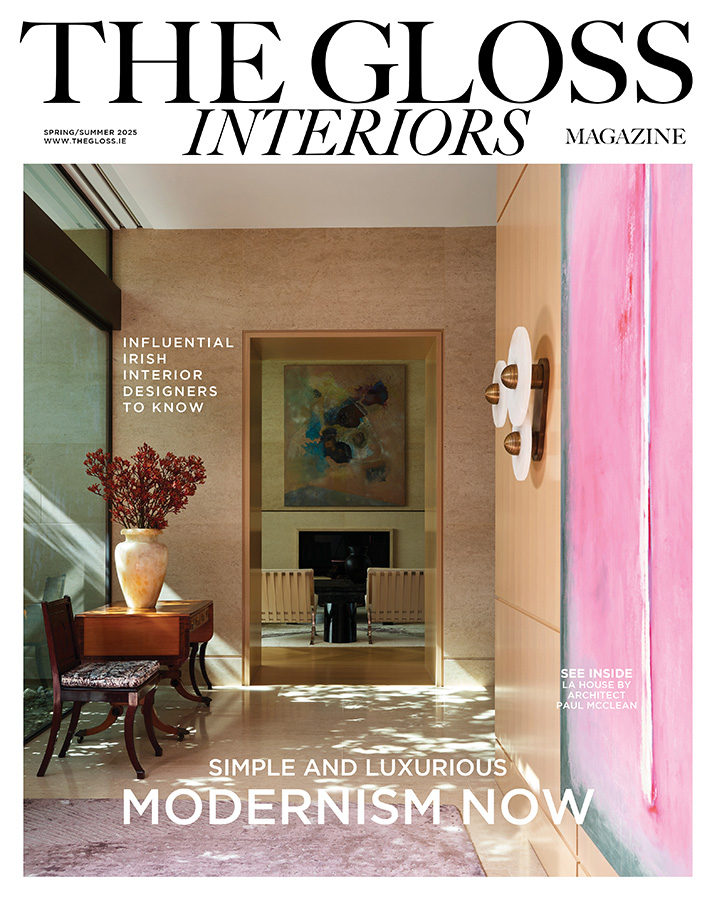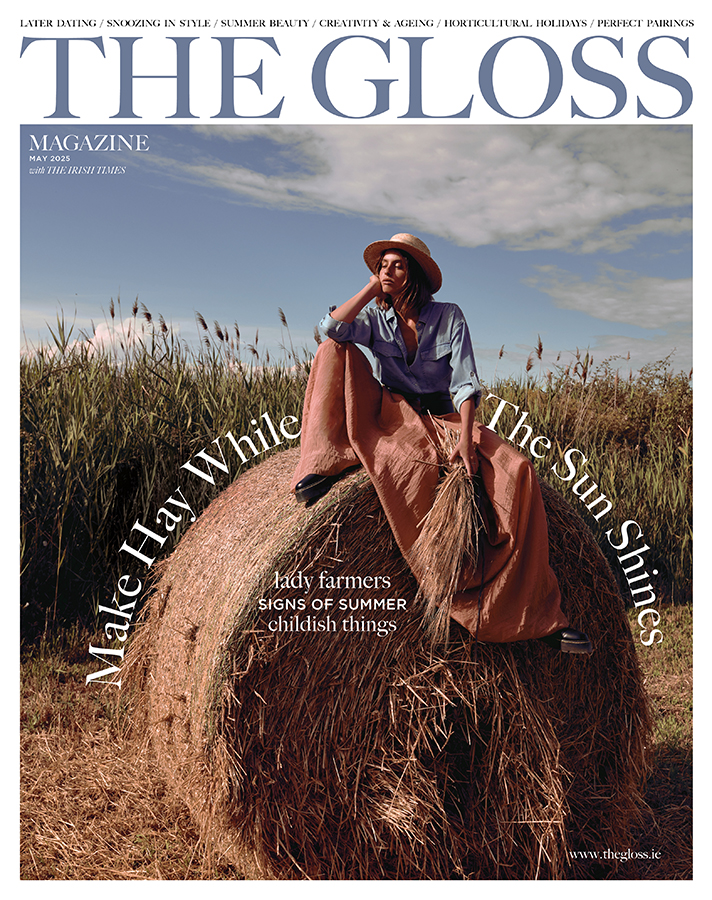Coinciding with the tenth anniversary of Maeve Binchy’s death, this exhibition demonstrates the friendship and artistic collaboration between the author and artist William Ireland …
“Maeve Binchy was a master of storytelling. Her creative fluidity to depict believable characters and places in her writings, came from her ability to absorb her surroundings and collect information,” explains Ritika Callow, founder of the Wilton Gallery, where a new exhibition “Circle of Friends: Maeve’s collaboration with the painter William Ireland” reveals both a friendship and artistic affinity between the author and artist.
Binchy published 17 novels, four short story collections, a play and a novella, and her work was translated into 37 languages – showing the universality of her appeal. Gordon Snell, Binchy’s husband, recalls how she created the characters in her novels: “She would give each character a home and a birthday and draw the house on a piece of paper.” This paper would then act as a reference as she put her manuscript together. But that was not the whole picture.
For visual stimulus, Binchy frequented art galleries. It was on one of her many trips, she stumbled across the work of William Ireland. He had painted a green drawing room. That room provided the inspiration for Ria Lynch’s home in the novel Tara Road. “Danny and Ria spent some time every day in the drawing room, the room they had created from their dreams. They delighted in finding further little treasures for it. When Danny got a raise in salary, they went out and bought something else. The old candlesticks that were transformed into lamps, more glass, a French clock … The heavy framed portraits that they bought for the walls were other people’s ancestors not their own. But there was no pretence, they were just big pictures of people who had been forgotten by their own. They came to rest on Danny and Ria’s walls.”
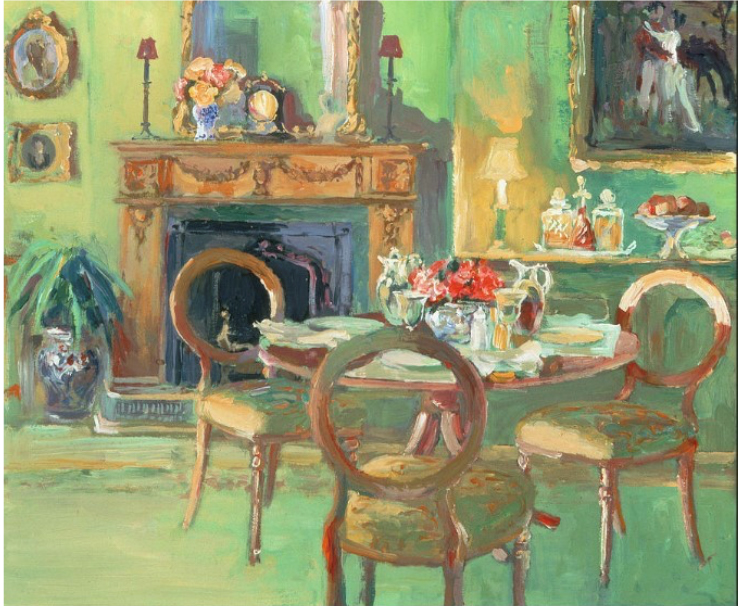
The painting subsequently became the image book cover of Tara Road first published in 1998. A bestseller, it was listed in Oprah’s Book Club and translated into French as Sur La Route De Tara.
Callow comments: “Binchy found in Ireland an illustrator who spoke the visual version of her narrative. He went on to provide the cover of Scarlet Feather in 2000, which was the winner of the 2001 WH Smith Literary Award for Fiction. The professional collaboration would lead on to Ireland providing over ten book covers including Evening Class, Quentins and Nights of Rain and Stars.”

“Binchy’s appreciation for Ireland extended to several of his paintings being purchased by her at ‘full market cost’,” says Callow. “These included his paintings Nights of Rain and Stars and Quentins which proudly hang in her home in Dalkey, Dublin, and are exhibited for the first time in the Wilton Gallery.”
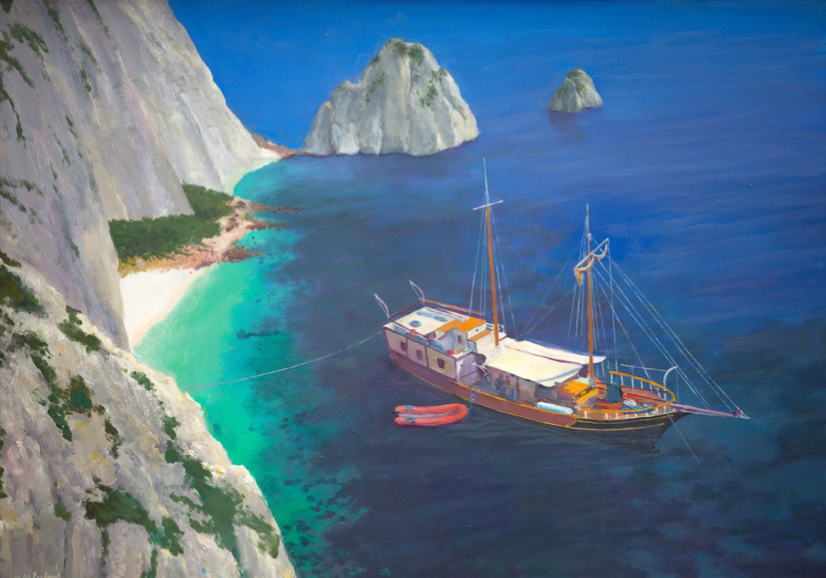
Callow explains: “Both artists were connected via the imaginative elements in their work. Ireland’s unrestrained approach created a natural and inviting style; therefore, his illustrations and paintings were perfectly aligned with the themes in Binchy’s books. Ireland’s work was familiar in subject matter and tonally warm and inviting. His creative process was free in nature, with his reference material consisting of quick preliminary sketches and photographs.”
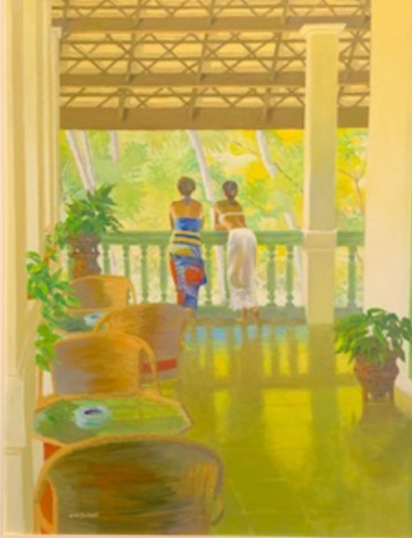
“His colour palette, often consisting of bright yellows, soft greens and deep blues created timeless and engaging compositions. According to Binchy it was the ‘warmth and hope’ in Ireland’s paintings that initiated her interest in Ireland creating her book covers.”
Ireland’s ability to detail light was subtle, composed, and skilful. Binchy once stated, ‘He paints a space where you think people are going to come back at any moment, so I keep looking for them and hoping I see them. There is so much light, warmth and hope in his paintings that I am bursting with pride to be associated with him.’
This exhibition celebrates the warm and colourful imagery of summer that Ireland conveyed with such vividness in his painting of Nights of Rain and Stars. Binchy’s novel of the same name, tells of four strangers who meet at a taverna on a beautiful Greek island, with nothing in common except a need to escape.

The five paintings and two prints in this exhibition are part of the William Ireland estate. The imagery is from his travels around the world: Rhodes in Greece, the West Indies, the Bahamas, and Mauritius. The exhibition also demonstrates Ireland’s switch from working in oil paints to illustration and his desire to avoid a “painterly style.” To achieve this he would often use old brushes.
Also in the exhibition are a collection of postcards sent from Binchy to Ireland – discovered by Lucinda Ireland, William’s daughter. They give an insight into their easy, jocular relationship. Binchy was a fan of postcards: “Letters take too long, and you won’t do it, a postcard takes two minutes.”
Callow explains: “The postcards’ subject matter ranges from Binchy joking about her impending retirement to discussing the American book cover for Quentins, which Ireland subsequently produced. They often made plans to meet or commented on meeting accidentally in Dalkey, particularly in one postcard which says simply, ‘Lovely to see you and your dad in Finnegans.’ These postcards demonstrate the perfect duality of their relationship, a professional relationship re-enforced by a close friendship.”
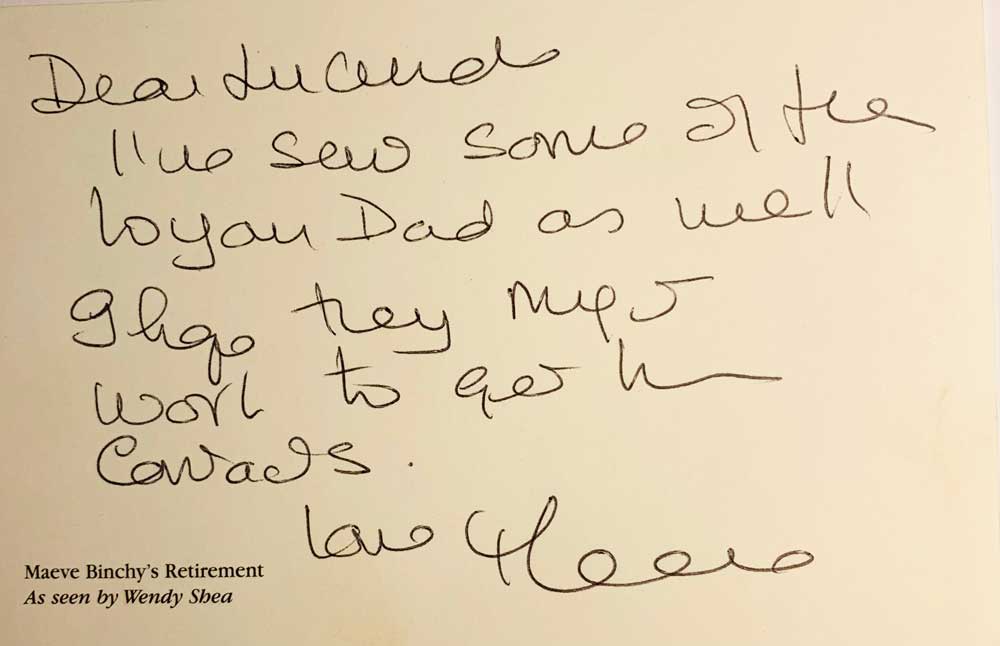
Five original paintings and two prints by Ireland will be available to purchase at the exhibition, which will be opened by guest speaker Chris Binchy on August 25, the exhibition preview night (from 5.30pm – 8pm) during which there is a drinks reception sponsored by Mitchells & Sons.
Need to Know: “Circle of Friends: Maeve’s Collaboration with painter William Ireland” exhibition is on until September 8 at Wilton Gallery, 55 Glasthule Road, Sandycove, Co Dublin. A catalogue of the exhibition is available online; www.wiltongallery.ie.



